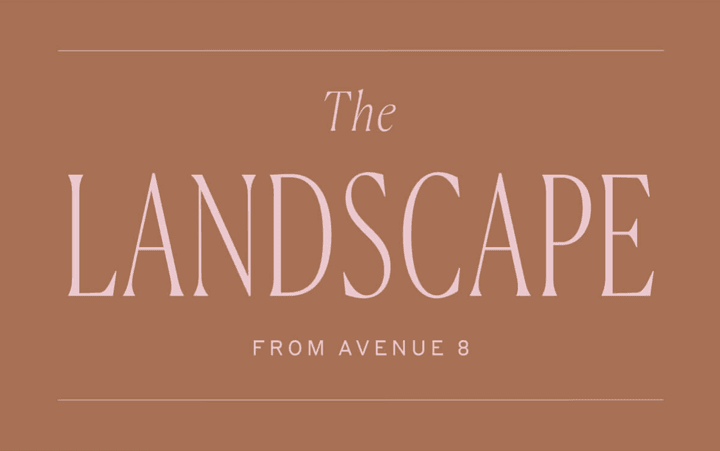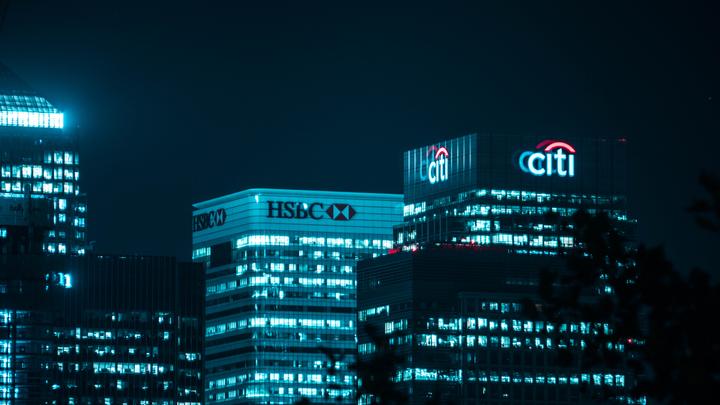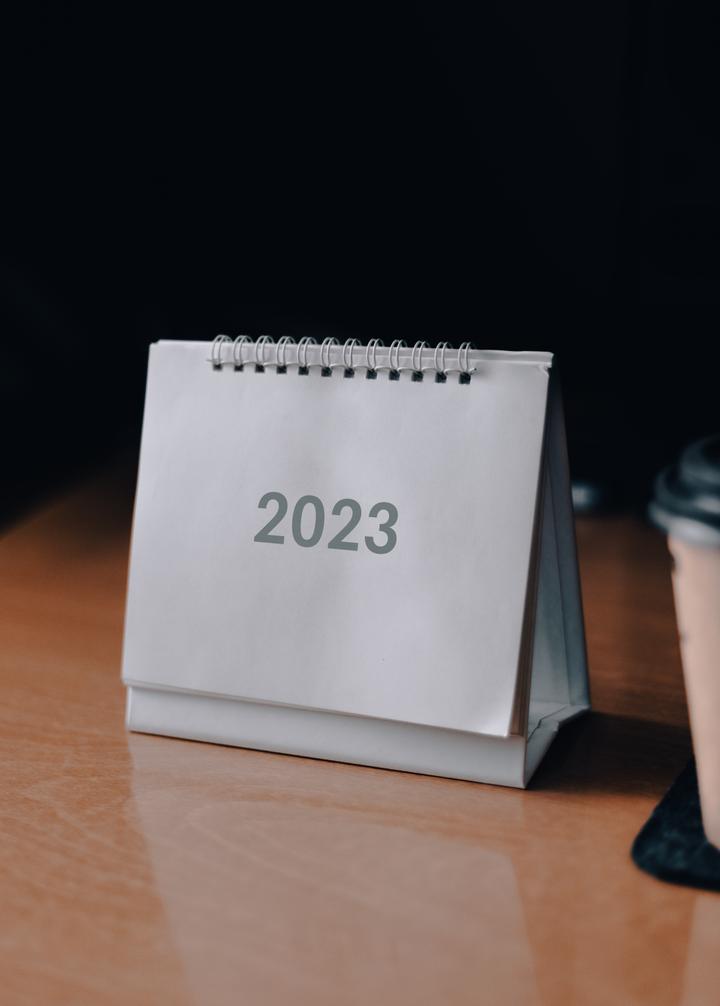The value of home vs. inflation, interest hikes and a potential recession.
When we talk about the home-buying frenzy, we forget that the last two years have been an everything-buying frenzy. Americans completely cleared the shelves of highly discretionary, big-ticket items like boats, BBQ smokers and e-Bikes, along with necessities like food and toilet paper. But where does real estate fit into that consumer spectrum – are homes more like boats, or like toilet paper?
That seemingly ridiculous question was the crux of a serious debate that arose in the aftermath of the housing crash of 2008: Is housing a luxury or a staple? The answer to that question is supposed to tell us what will happen when money becomes more scarce — will people stop buying homes (and driving up prices), or focus all of their remaining financial firepower on the most important purchase of all?
But this moment is very different from 2008. Household balance sheets are very strong, as are the job market and the fundamentals underpinning the housing market. But the most pronounced differences come down to supply and demand. Even after increases in recent months, housing supply is still less than half of what would be needed to meet average demand (See “The Keys” below). And with the largest generation in the country, millennials, now reaching peak home-buying age, demand will continue to be above average.
The result is that, even with inflation, high interest rates and a recession looming, home values are forecasted to rise 9.3% this year — half what it was over the past twelve months, but approximately triple the average annual rate.
As for that staple vs. luxury debate, the answer is both. Sales of luxury homes fell 17.8% in Q1 this year, while non-luxury home sales declined by only 5.4%.
Join Our Newsletter
Latest Headlines


